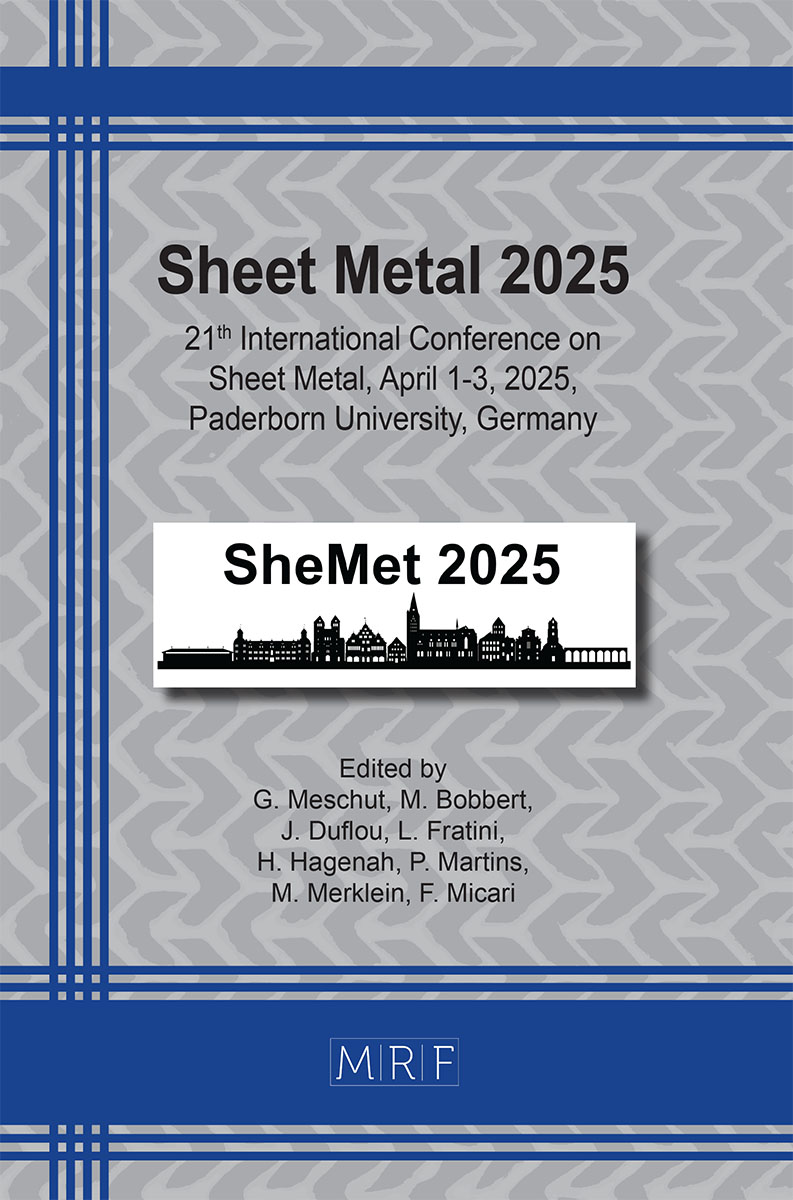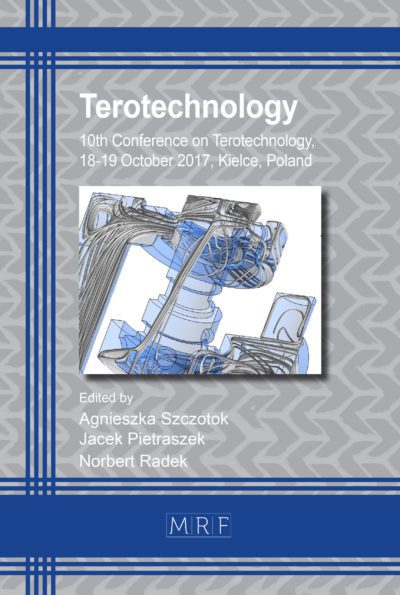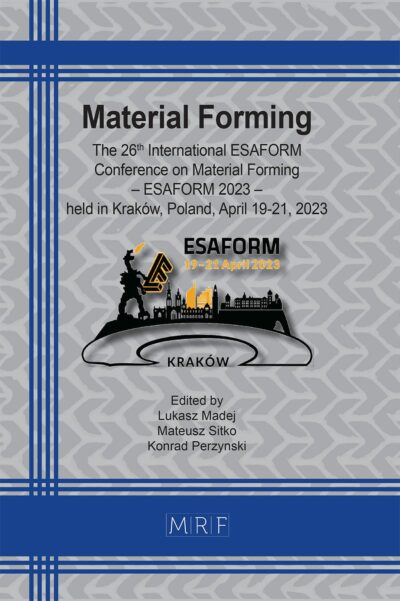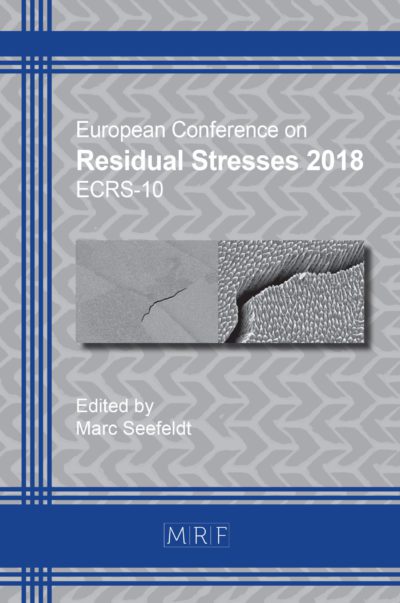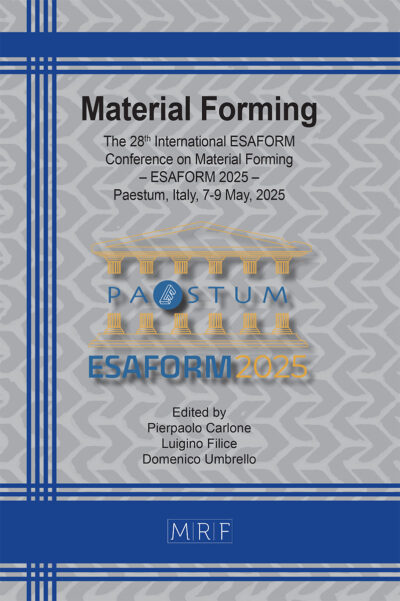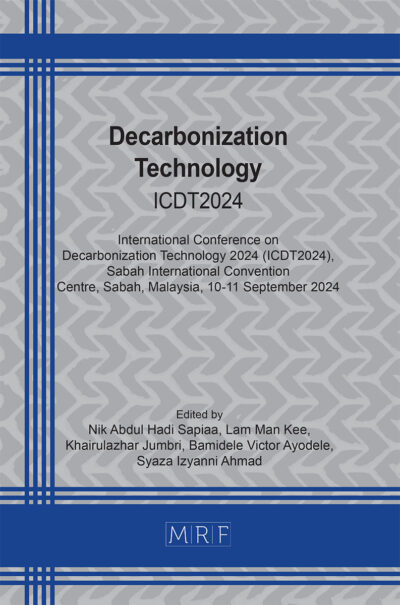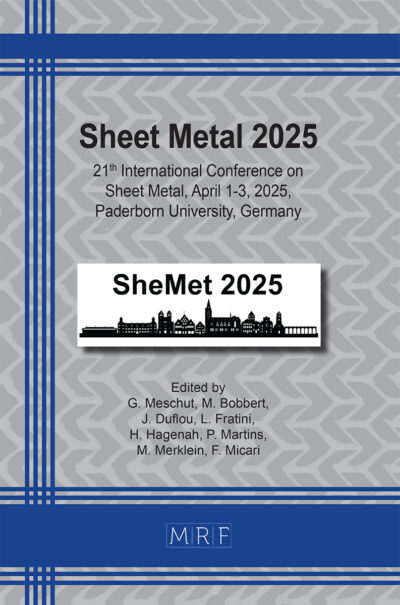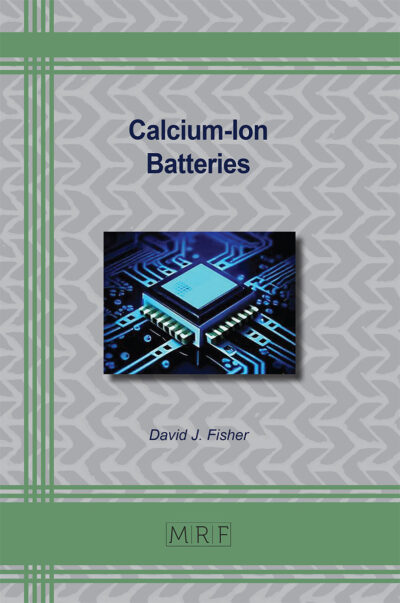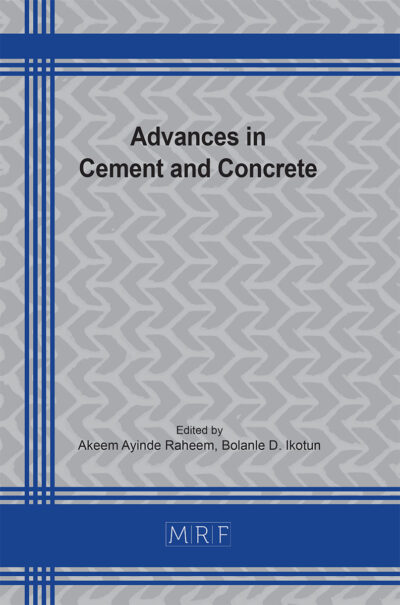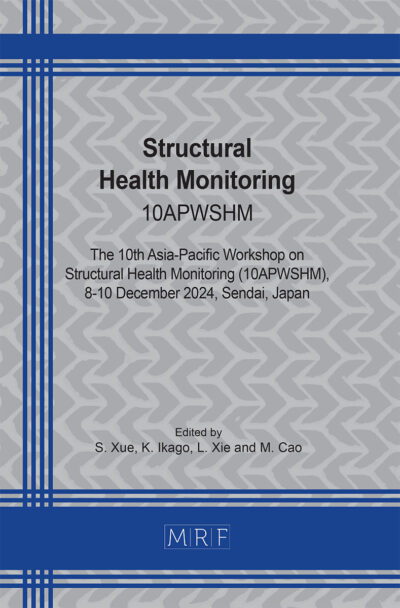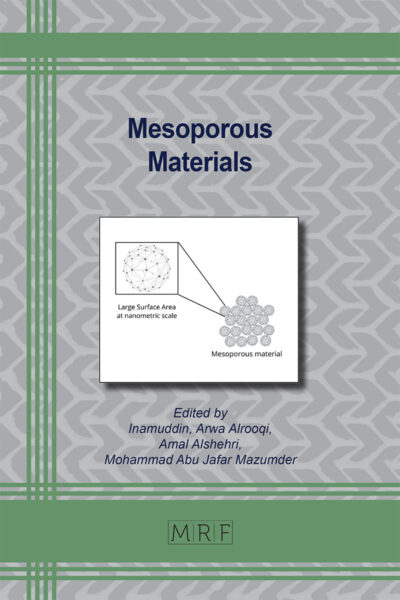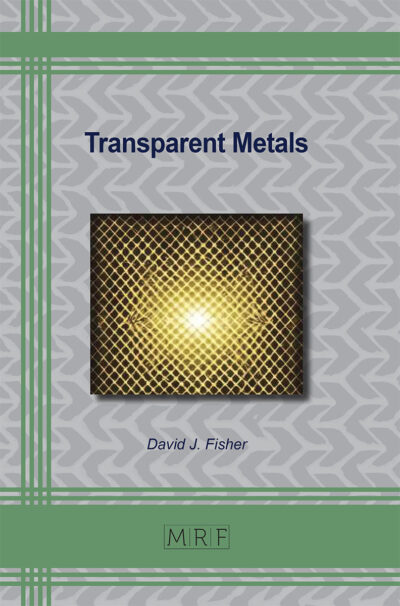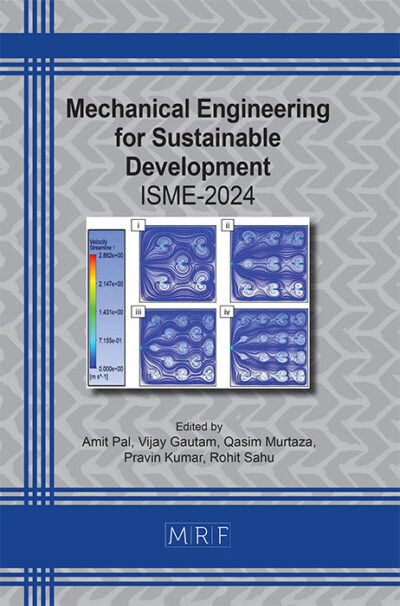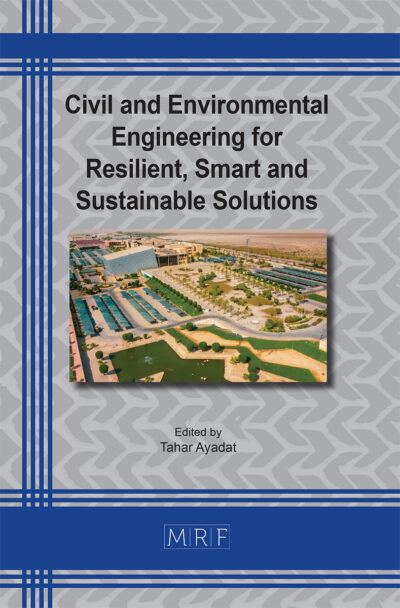Influence of Liquid metal embrittlement on load-bearing capacity of resistance spot welds under crash loads: A study based on S-Rail components
Keke Yang, Max Biegler, Linus Happe, Marius Striewe, Viktoria Olfert, David Hein, Michael Rethmeier, Gerson Meschut
Abstract. Liquid Metal Embrittlement (LME) cracking is a well-documented issue encountered during resistance spot welding (RSW) of zinc-coated advanced high-strength steels (AHSS) in automotive manufacturing. Given that existing research has predominantly focused on laboratory-scale samples and lacks investigation into the load-bearing capacity of joints under crash conditions, this study aims to fill these gaps by analyzing third-generation zinc-coated AHSS. S-Rail components were produced through stamping to replicate real-world manufacturing conditions and geometries of automotive parts. To account for the disturbances typically encountered in production, samples with LME cracks were intentionally fabricated. Subsequently, a modified three-point bending test, assisted by numerical simulations, was developed to effectively apply loads to the weld spots of the S-Rail components. Results from crash tests demonstrated that observed light crack severity does not significantly compromise the joint’s load-bearing capacity or lead to earlier joint failure.
Keywords
Welding, Finite Element Method (FEM), Liquid Metal Embrittlement (LME)
Published online 4/1/2025, 8 pages
Copyright © 2025 by the author(s)
Published under license by Materials Research Forum LLC., Millersville PA, USA
Citation: Keke Yang, Max Biegler, Linus Happe, Marius Striewe, Viktoria Olfert, David Hein, Michael Rethmeier, Gerson Meschut, Influence of Liquid metal embrittlement on load-bearing capacity of resistance spot welds under crash loads: A study based on S-Rail components, Materials Research Proceedings, Vol. 52, pp 343-350, 2025
DOI: https://doi.org/10.21741/9781644903551-42
The article was published as article 42 of the book Sheet Metal 2025
![]() Content from this work may be used under the terms of the Creative Commons Attribution 3.0 license. Any further distribution of this work must maintain attribution to the author(s) and the title of the work, journal citation and DOI.
Content from this work may be used under the terms of the Creative Commons Attribution 3.0 license. Any further distribution of this work must maintain attribution to the author(s) and the title of the work, journal citation and DOI.
References
[1] G. Meschut, M. Matzke, R. Hoerhold, and T. Olfermann, “Hybrid technologies for joining ultra-high-strength boron steels with aluminum alloys for lightweight car body structures,” *Procedia CIRP*, vol. 23, pp. 19–23, 2014. http://doi.org/10.1016/j.procir.2014.10.089
[2] Y. Ma, W. Jin, Y. Park, “Fracture modeling of resistance spot welded ultra-high-strength steel considering the effect of liquid metal embrittlement crack,” *Materials & Design*, vol. 210, p. 110075, 2021. http://doi.org/10.1016/j.matdes.2021.110075
[3] W. Jin, A. Lalachan, S. P. Murugan, C. Ji, and Y. Park, “Effect of process parameters and nugget growth rate on liquid metal embrittlement (LME) cracking in the resistance spot welding of zinc-coated steels,” *Journal of Welding and Joining*, vol. 40, no. 6, pp. 464–477, 2022. http://doi.org/10.5781/JWJ.2022.40.6.2
[4] W.-S. Jeon, A. Sharma, and J. P. Jung, “Liquid metal embrittlement of galvanized TRIP steels in resistance spot welding,” *Metals*, vol. 10, no. 6, p. 787, 2020. http://doi.org/10.3390/met10060787.
[5] J. Mendala, “Liquid metal embrittlement of steel with galvanized coatings,” *IOP Conference Series: Materials Science and Engineering*, vol. 35, p. 012002, 2012. http://doi.org/10.1088/1757-899X/35/1/012002
[6] S. P. Murugan, Y. Park, V. Vijayan, and C. Ji, “Four types of LME cracks in resistance spot welding of zinc-coated AHSS,” *Welding Journal*, vol. 99, no. 3, pp. 75s–92s, 2020. http://doi.org/10.29391/2020.99.008
[7] M. Rethmeier, G. Weber, H. Gaul, and S. Brauser, Eds., *Untersuchungen zur Ermüdungsfestigkeit von Widerstandspunktschweißverbindungen aus hochfesten Mehrphasenstählen unter Berücksichtigung fertigungsspezifischer Einflüsse*, Düsseldorf: Verl. und Vertriebsges. mbH, 2011.
[8] Y. Benlatreche, M. Duchet, T. Dupuy, D. Cornette, and G. Carollo, “No effect of liquid metal embrittlement cracks on the mechanical performances of spot welds,” presented at the Materials Science and Technology Conference, 2017.
[9] D. Choi, S. Uhm, C. Enloe, H. Lee, and G. Kim, “Liquid metal embrittlement of resistance spot welded 1180TRIP steel: Effects of crack geometry on weld mechanical performance,” in *Contributed Papers from MS&T17*, 2017, pp. 454–462
[10] C. DiGiovanni, E. Biro, and N. Y. Zhou, “Impact of liquid metal embrittlement cracks on resistance spot weld static strength,” *Science and Technology of Welding and Joining*, vol. 24, no. 3, pp. 218–224, 2019. http://doi.org/10.1080/13621718.2018.1518363
[11] C. DiGiovanni, X. Han, A. Powell, E. Biro, and N. Y. Zhou, “Experimental and numerical analysis of liquid metal embrittlement crack location,” *Journal of Materials Engineering and Performance*, vol. 28, no. 4, pp. 2045–2052, 2019. http://doi.org/10.1007/s11665-019-04005-2
[12] K. Cai and D. Wang, “Optimizing the design of automotive S-rail using grey relational analysis coupled with grey entropy measurement to improve crashworthiness,” *Structural Multidisciplinary Optimization*, vol. 56, no. 6, pp. 1539–1553, 2017. http://doi.org/10.1007/s00158-017-1728-y
[13] J. Choi, J. Lee, G. Bae, F. Barlat, and M.-G. Lee, “Evaluation of springback for DP980 S-rail using anisotropic hardening models,” *JOM*, vol. 68, no. 7, pp. 1850–1857, 2016. http://doi.org/10.1007/s11837-016-1924-z
[14] R. Stocki, P. Tauzowski, and J. Knabel, “Reliability analysis of a crashed thin-walled S-rail accounting for random spot weld failures,” *International Journal of Crashworthiness*, vol. 13, no. 6, pp. 693–706, 2008. http://doi.org/10.1080/13588260802055213

